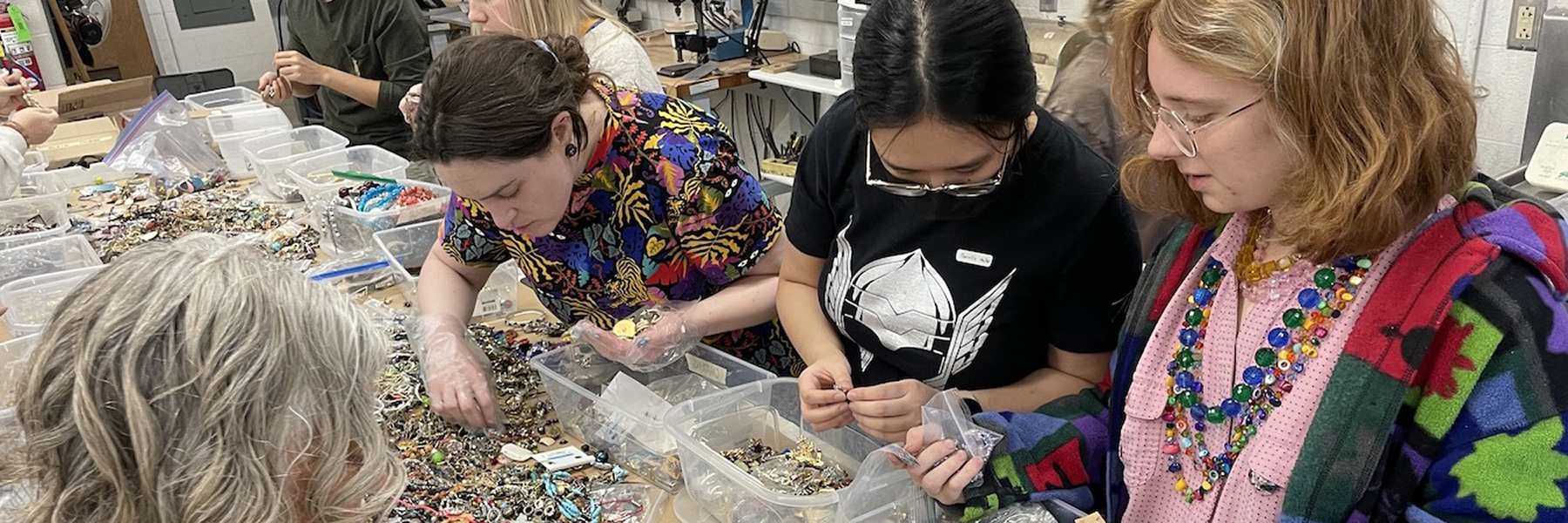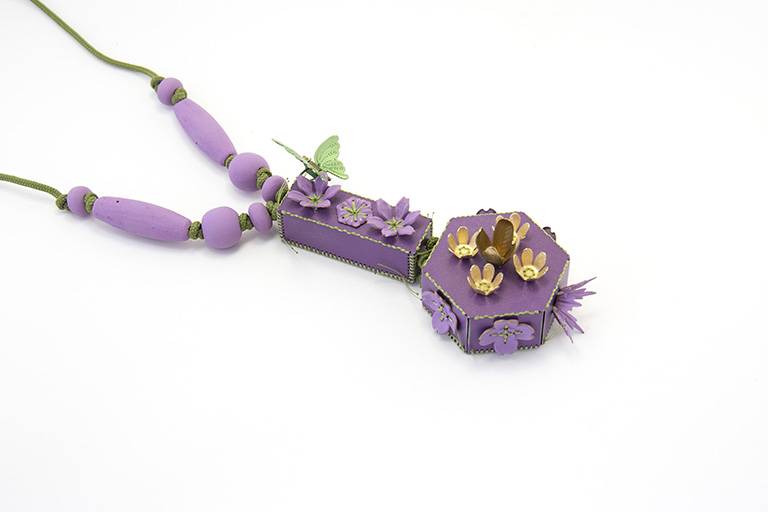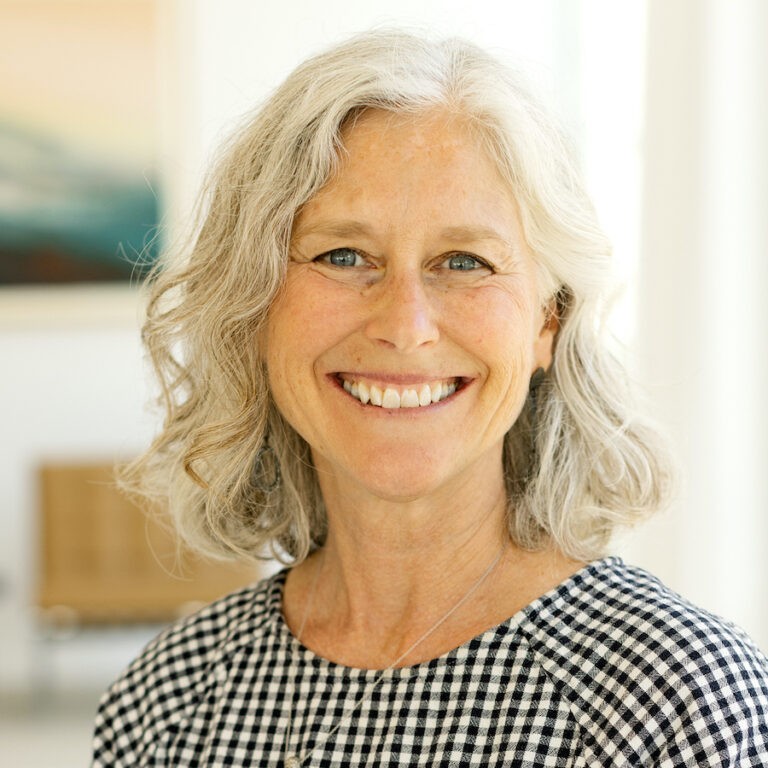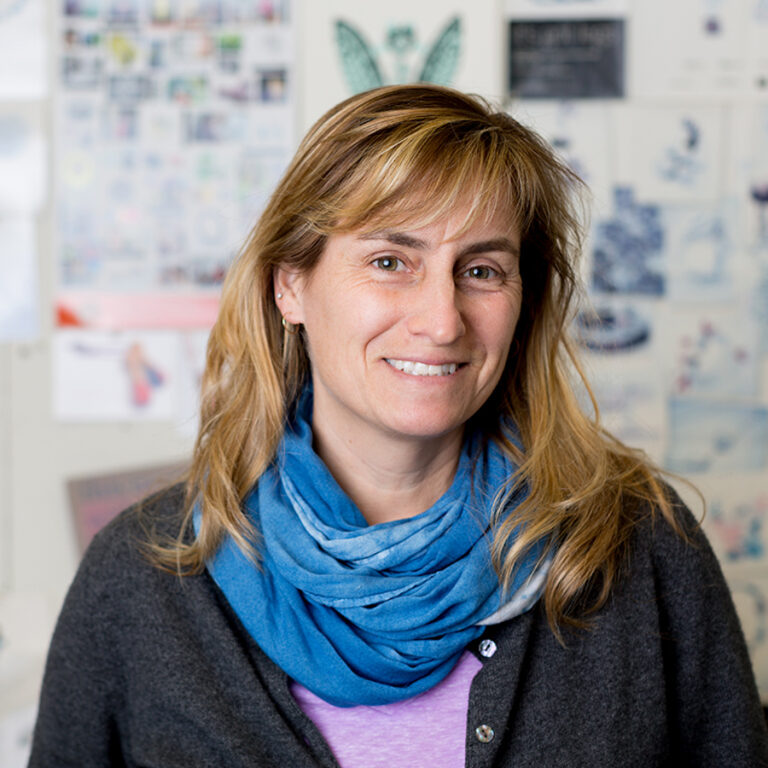What was one of your major takeaways from the RJM Midwest symposium?
Nicole: I was extremely pleased with the entire scope of the event. It was 1.5 years in the making, but considering how everything was intertwined, I couldn't see the project leaving any component out. The drive for donations was overwhelming in regard to what people donated — and such a nice feeling to know that the community was supportive of the idea and contributed in a meaningful way. Also, the chance to have the five schools get to know one another through the sorting days and then through the symposium and exhibition. There was also the positive impact of the speakers and their varying backgrounds that gave a bigger picture of our area, the industry and the history. And lastly, I will say that community building for our metalsmithing and jewelry design students always has a deep positive impact. Making of the work, the professional practice of installing and highlighting over 200 pieces was a significant final piece of the project - and we are very proud to see the students’ investment of time and energy for the culmination.
Angela: Our speakers shared information that brought awareness to the overarching considerations in the field of metalsmithing surrounding sustainability and solidified my commitment to question all aspects of my practice — materials, sourcing, and studio habits.
How have you seen this process affect the students who participated?
Nicole: Their overall understanding of the 'bigger picture' of what we do and the impacts that we can have and what we can avoid for our own practice and for the environment. There was definitely a sense of ownership of recycling the precious materials into ingots and then forming them into usable wire and sheet. I would use the word empowering, as well, to describe that realization and transformation. And a genuine appreciation to be able to use gold — something they would not be able to afford. Being able to use that material took away the mystique, and it provided an understanding of the unique nature of the metal and how to use it.
Angela: I’ve heard the students comment on how enlightening the speakers were and how to make changes to our studio operation. We’ve already implemented a more environmentally friendly etching process. It was also amazing to watch students take the lead and ownership of the display and installation in the Grunwald Gallery. They gained valuable experience and grew in confidence not only about the process but about their own approach to their work. Selling their own work and seeing others admire it was a real boost to many.
For those unfamiliar with the world of metalsmithing, who’s an artist you recommend people learn about? Who’s an artist who has been inspiring you lately?
Nicole: There are a lot of artists out there. What we are currently trying to do is decolonize our curriculum to give our students a broader understanding of all the different cultures around the world that have their own traditions, materials and techniques that are unique to them as well as universal. A couple of years ago, we introduced a reading to our beginning classes — 7000 years of jewelry. Currently we are sourcing new artists (to us), and when we introduce a new project, our aim is to represent artists from each continent, from diverse backgrounds, who are female, male and LGBTQ.
Angela: Susie Ganch, the creator of RJM, is someone I look to for guidance about how to continue as a maker while also committing to sustainable practices. I also follow fellow metalsmiths who participated in a recent RJM juried exhibition.
Has anything you’ve read recently really resonated with you? Does it relate with how you approach and make your art?
Nicole: I would like to read more than I do. I unfortunately get bogged down with paperwork and all the administrative things that teaching encompasses. My reading is all over the place, as well. I get a poem sent to me every morning, but not really anything I can recommend at the moment.
Angela: I’m so impressed how our field’s leading organization, The Society of North American Goldsmiths, has made a commitment to showcasing a diverse population of makers. For years, our field was dominated by a Eurocentric viewpoint, but in the wake of George Floyd, SNAG has made it their mission to bring awareness to the diverse makers within our community. As a maker, it’s important to be educated about what is happening in our community and be inspired by what fellow artists are making.
Are there any historical jewelry design styles that move you? How do you think this era of jewelry design will be remembered?
Nicole: I don't think there is one historical design style that speaks to me. It was really wonderful to see a wide range of styles in the donations. There were some pieces that we felt we could not alter — Susie and Kathleen said this would be the case — and that rather than feel the pressure to re-work those pieces, they suggested that we keep them as examples of styles, mechanisms, unique materials, etc. I did get to add and re-work some of those – three Italian glass mosaic brooches in particular. They were just perfect the way they were, but I was able to add to them and bring them a new life.
Angela: My work focuses on memory and female makers. I seek to include shapes and designs that are modern yet offer a sense of the familiar. The field of contemporary jewelry is exploring new materials and innovations in the digital world, while many are still working in classic methods. It’s an exciting time.
Anything else you want to share?
Nicole: The only other thing I would share is the story from Deb Welman of the two rings she sent and asked if they could be used together in some way. It was her class ring and her grandfather’s pinky ring. I removed the blue stone (or glass) from the class ring and cut the top signet part and the shank from the pinky ring. I carved a wax pendant and melted down the class ring and used it to cast. The signet part now hangs on the back of the pendant, so they will always be a part of the same piece. That story was very sweet, and it was a challenge to take that project on and hopefully fulfill her wishes.







